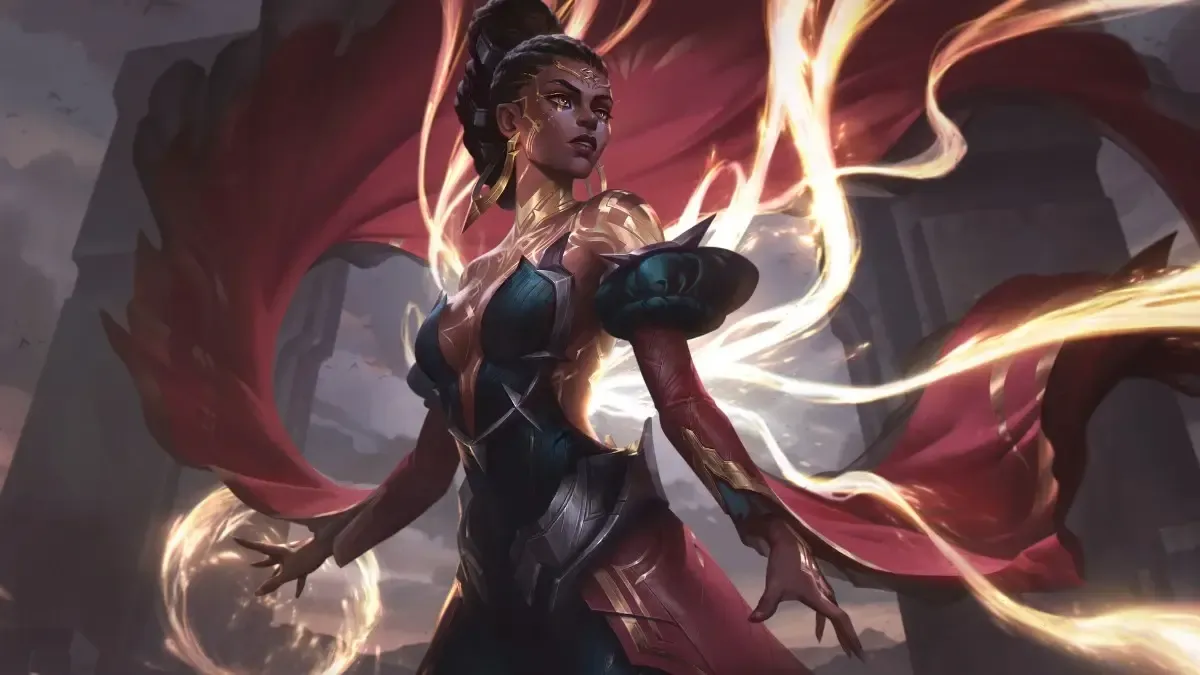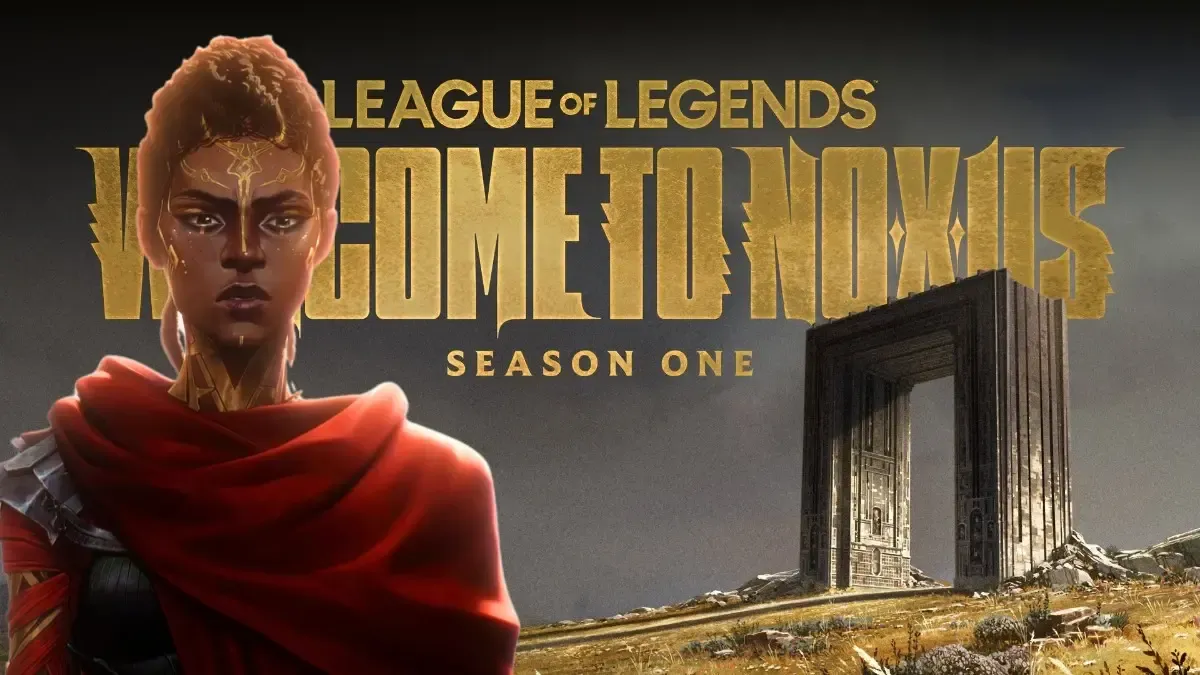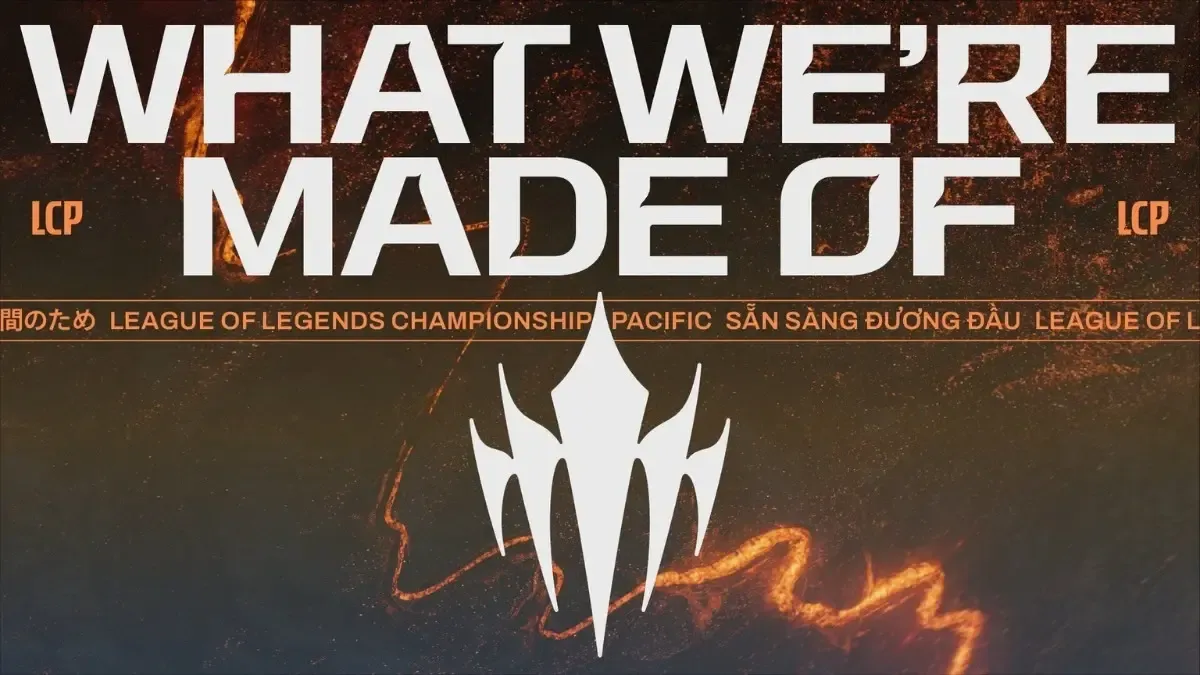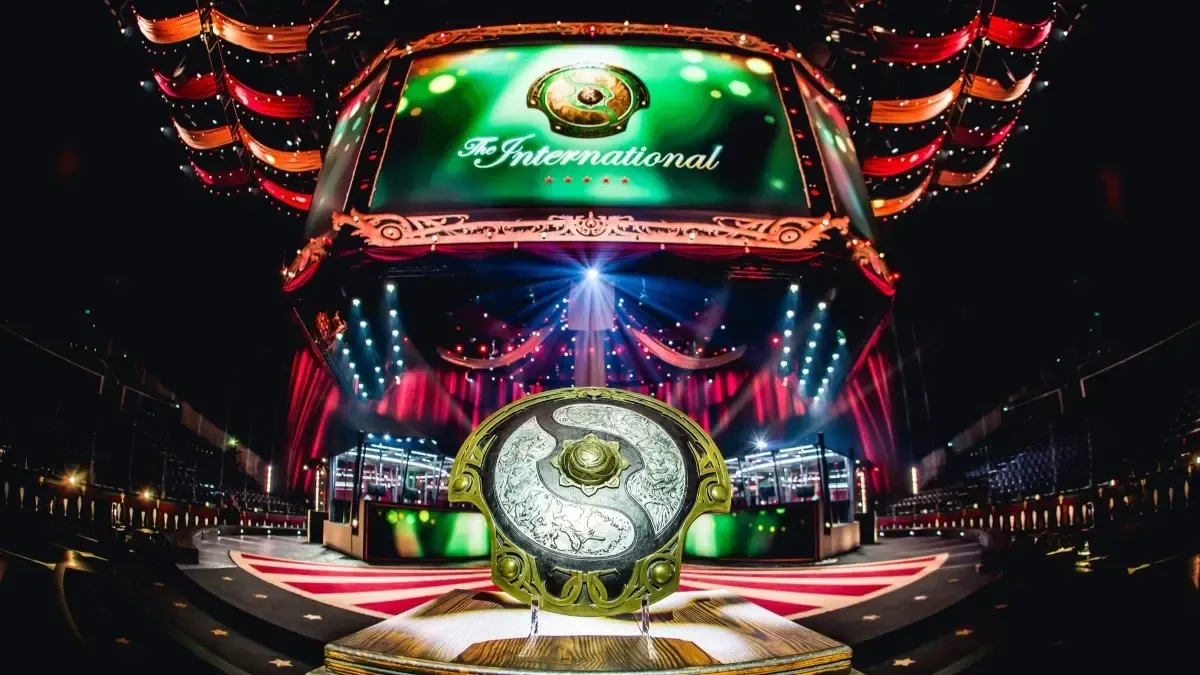2018 was the year everything changed. Maybe.
In all three of the major regions, we have seen dynasties (or kingdoms, if you prefer, G2) crumbling. Team Solomid entered the midway point of the season way down in sixth place on a 4-6 record. G2 are top of the pile in Europe, but only after a slow start which sees the reworked roster tied for top spot with both Vitality and Fnatic, far from the dominance we are used to. Lastly, but most tellingly, we see three-time world champions, SK Telecom languishing in sixth place with just four wins in nine games.
While all three are still in with a chance of turning things around before the summer split (except G2, who don’t have much to turn), it seems clear that the days when you could easily predict domestic champions is gone.
You could argue that SKT got the ball rolling last year by handing the LCK to Longzhu – now Kingzone. SKT then went on to hand the world championship to Samsung – now KSV – and then revamp its roster for the new season. In many ways, SKT was the architect of its own downfall. Tearing apart a team that made it to the final of Worlds mere months ago seems like an odd choice, given the new roster’s struggles but we aren’t privy to any internal politics that may have played a part. What we are privy to, is the new look SKT’s mediocrity thus far.
Of the three teams mentioned above, G2 is probably the one least deserving of inclusion in an article like this. While they are not running away with the LCS as they have done in previous splits, they are still joint top of the newly-formatted (again) European league. The switch to a best-of-one format works against a team which was famously unbeaten in best-of-two series until the final week of 2017. After a few early season jitters, the new line-up clicked and G2 has found its feet. Europe, then, is undergoing changes a little less explosive. G2 still looks to be in charge, but they have to settle for a democracy where once they reigned as kings. A little power-sharing with Vitality and Fnatic shows a more subtle shift than the dictatorial downfall of SKT.
Then there is TSM. They have dominated their region since the dawn of recorded history (at least, for League of Legends), but one-party dominance doesn’t sit well in the land of the free. A new look Echo Fox has come along and impeached TSM, but they didn’t do it alone. Cloud 9 is hot on the heels of the foxes, despite losing when the two teams recently met. TSM, on the other hand, is relegated to the role of third party in this two-party system. They are mired in mid-table mediocrity, struggling to be taken seriously with radical ideas like picking up rookie junglers from previously-struggling line-ups and introducing universal health care. Wait, never mind, I stretched that metaphor a little too far now.
Broken metaphors aside, it’s clear that TSM is the worst off of the three former superpowers. G2 has learned to share and SKT is showing signs of recovery. TSM still shows nothing of the sort and now faces the very real possibility of missing out on Spring Playoffs. The very idea would have seemed unthinkable, even as the team crashed out of Worlds back in September, and yet here we are, with TSM sitting two places away from a playoff spot halfway through the split.
Isn’t it great, though, the uncertainty? It could all come crashing down at any given moment. SKT could go on an unbeaten streak for the rest of the year and win Worlds. G2 could crush Fnatic and Vitality, securing a grudge match with the revitalised TSM who just decided to leave it later than usual to start playing properly. Or we really could see a continued, drastic shift in the power balance of League of Legends. SKT might never recover; G2 might trade split wins with Fnatic; TSM might fail to qualify for worlds instead of failing to get out of its group stages. Only time will tell.

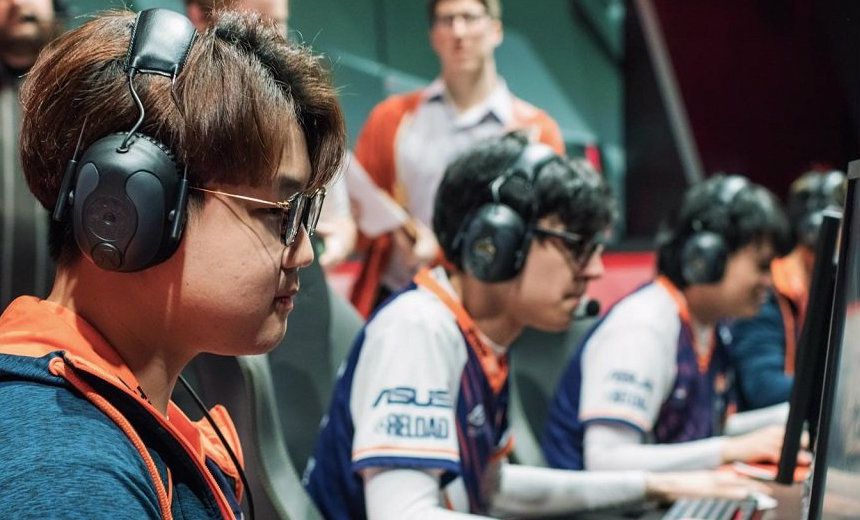
LoL7 years ago
Zechs Files: A New World Order
Author
Data will be updated soon
Data will be updated soon
Top headlines
PGL bans five North American Dota 2 pro players for match-fixing
PUBG Mobile's 3.6 update brings elemental arts to the game
Mel Medarda from Arcane joins League of Legends as a new champion
An alleged Nintendo Switch 2 replica was spotted at CES 2025
Satanic joins PARIVISION on loan from Team Spirit
Lego and Nintendo unveil all-new Lego Game Boy set, launches in October
